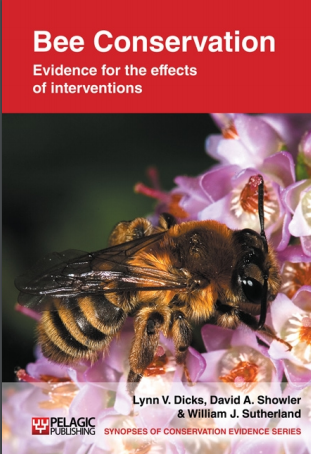Exclude ants from solitary bee nesting sites
-
Overall effectiveness category Awaiting assessment
-
Number of studies: 2
View assessment score
Hide assessment score
How is the evidence assessed?
-
Effectiveness
not assessed -
Certainty
not assessed -
Harms
not assessed
Study locations
Supporting evidence from individual studies
In a replicated controlled trial in Cobboboonee State Forest, Victoria, Australia, 50 single female nests of the endemic allodapine bee Exonuera nigrescens were protected from ants using two plastic cups and the sticky barrier Tanglefoot (Zammit et al. 2008). Fifty control nests were not protected. The nests, made in old flowering stems of the grass tree Xanthorrhoea, were set out in groups of four, one protected and one unprotected. Protected nests were more productive, with an average of 3.6 young per adult female, compared to 1.6 young per adult female in control nests.
Study and other actions tested
Where has this evidence come from?
List of journals searched by synopsis
All the journals searched for all synopses
This Action forms part of the Action Synopsis:
Bee Conservation
Bee Conservation - Published 2010
Bee Synopsis





)_2023.JPG)














